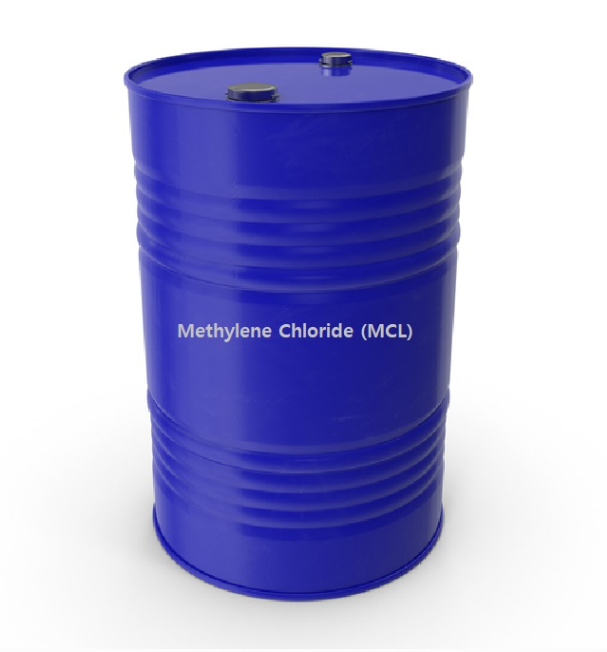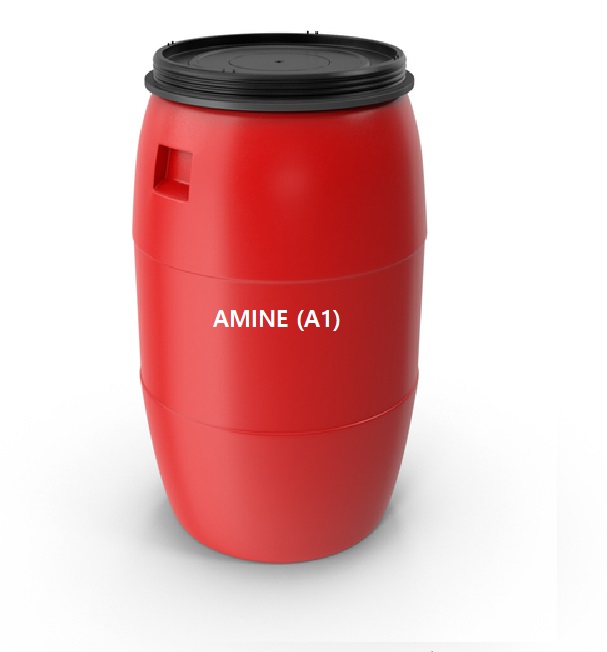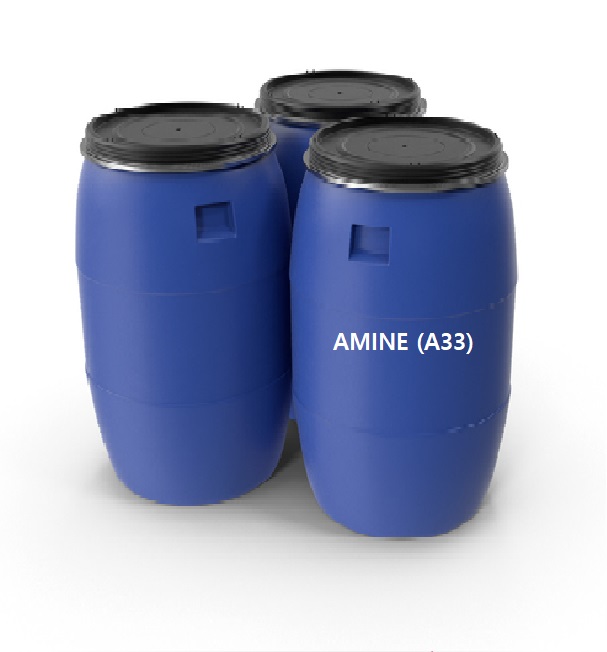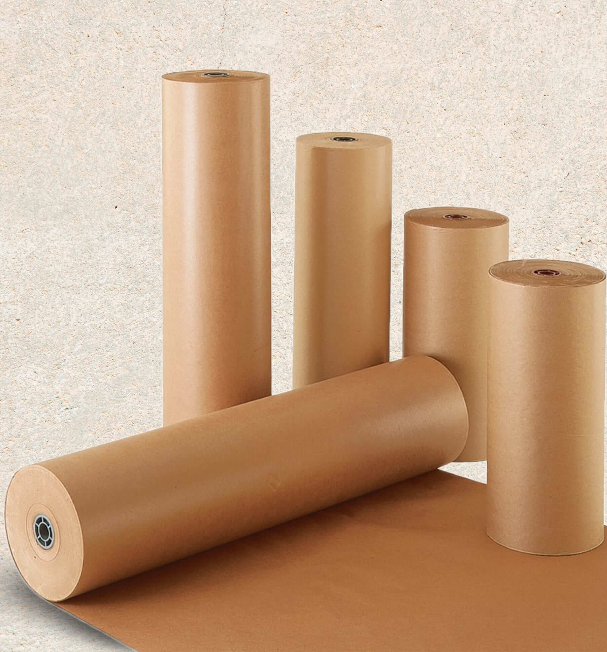Additives
Chemical Solutions for Diverse Industries
Discover versatile chemical solutions for diverse industries. Methylene chloride, a colorless solvent, finds applications in foam, adhesives, paints, and more. Catalysts like A-1 and A-33 play critical roles in urethane foam production, facilitating efficient chemical reactions and enhancing physical properties. Elevate your processes with our innovative chemical products.

METHYLENE CHLORIDE (MCL)
Methylene chloride is a colorless, volatile, nonflammable liquid with a penetrating, ether-like odor that is detectable at about 200 parts per million (ppm) in air.
Methylene chloride is a solvent used in a variety of industries and applications, such as Foam, adhesives, paint and coating products, pharmaceuticals, metal cleaning, chemical processing, and aerosols.

AMINE (A-1)
With its ability to facilitate chemical reactions on its own or as part of an amine catalyst system, catalyst A-1 is a potent urethane foam amine catalytic agent. It contains 70% bis (2-dimethylaminoethyl) ether, one of the most active catalysts currently used in the industry.
Promoting the basic chemical reactions between polyol and isocyanate and water and isocyanate with efficiency, catalyst A-1 can improve the polyether foaming process of high-density unfilled foam, filled foam, high load-bearing flexible foam, low-density foam and high-resilience molded foam.

AMINE (A-33)
An excellent solution to consider for use in the production of flexible foam systems, A-33 helps produce flexible slab stock foam with better physical properties. With its unique high activity level, it can help achieve excellent results in flexible foam
formulations – especially with the addition of A1
A33 is proved to be an excellent tool for the production of flexible foam, but in fact, it can be extended to application of rigid PU foams, microporous PU foam and PU coating. In the production of high resilience foam, A33 is equally important.

CALCIUM CARBONATE CACO3
Methylene chloride is a colorless, volatile, nonflammable liquid with a penetrating, ether-like odor that is detectable at about 200 parts per million (ppm) in air.
Methylene chloride is a solvent used in a variety of industries and applications, such as Foam, adhesives, paint and coating products, pharmaceuticals, metal cleaning, chemical processing, and aerosols.

KRAFT PAPER
With its ability to facilitate chemical reactions on its own or as part of an amine catalyst system, catalyst A-1 is a potent urethane foam amine catalytic agent. It contains 70% bis (2-dimethylaminoethyl) ether, one of the most active catalysts currently used in the industry.
Promoting the basic chemical reactions between polyol and isocyanate and water and isocyanate with efficiency, catalyst A-1 can improve the polyether foaming process of high-density unfilled foam, filled foam, high load-bearing flexible foam, low-density foam and high-resilience molded foam.

POLYOL COLOR PASTE
An excellent solution to consider for use in the production of flexible foam systems, A-33 helps produce flexible slab stock foam with better physical properties. With its unique high activity level, it can help achieve excellent results in flexible foam
formulations – especially with the addition of A1
A33 is proved to be an excellent tool for the production of flexible foam, but in fact, it can be extended to application of rigid PU foams, microporous PU foam and PU coating. In the production of high resilience foam, A33 is equally important.

SILICONE
As a premier urethane additive, silicone generally performs well with formulations with both high and low NCO indexes, based on polyether or polyester polyols. When formulating open-cell foam with silicone, it is not typically necessary to use excess water to cause cell opening;
therefore, it can also be used at 100 NCO index or above. Foam stabilization generally increases with increased usage of silicone, thus allowing for delayed cell-opening time and producing finer, yet mainly open, cells. A typical starting level is 1% on the polyol side with up to 4% or more for finer cells or more stabilization effect.

STANNOUS OCTOATE (TIN)
This gel catalyst features a fast-gelling reaction, low use level and relatively safe processing. The important role it plays regarding polyurethane flexible foam is in providing catalytic activity to the isocyanate and polyol reaction. Potential applications for stannous octoate include:
• Polyurethane flexible foam
• Furniture
• Bedding
• Carpet

CALCIUM CARBONATE CACO3
Calcium carbonate is found to be a highly effective foaming agent used as filler for cost efficiency. The foams obtained have notably finer cell structures than can be achieved in foams produced with titanium hydride,
coupled with enhanced stability in the molten state.
